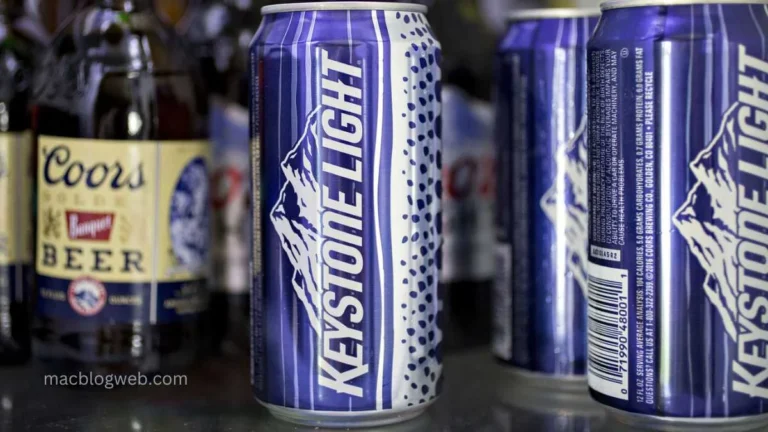Since its introduction in September 1989, Keystone beer has become a familiar name in the landscape of American beers, known for its affordability and variety. Brewed by the Molson Coors Beverage Company in Golden, Colorado, Keystone has carved out a niche in the competitive beer market with its array of options tailored to different tastes and preferences. This in-depth article explores the history, varieties, marketing strategies, and cultural impact of Keystone beer.
Origins and History
Keystone was first brewed in Chico, California, and quickly expanded its distribution thanks to its parent company’s strong marketing and distribution networks. The creation of Keystone represented Molson Coors’s attempt to enter the budget beer market, which was rapidly expanding in the late 1980s and early 1990s. This segment appealed to cost-conscious consumers looking for a reliable but affordable beer option.
Varieties of Keystone
Over the years, Molson Coors has expanded the Keystone Beer line to cater to a broad spectrum of beer drinkers, from those who prefer light beers to those who favor stronger, more robust ales. Here’s a look at the different varieties that have been produced:
- Keystone Original: Introduced in 1989, this was the flagship product, initially sold in a can with a gold background and red label. It was later rebranded as Keystone Premium.
- Keystone Premium: This variety followed the original and featured a patriotic red, white, and blue can design.
- Keystone Light: Also launched in 1989, Keystone Light sports a blue label and is known for its light, crisp taste with a lower alcohol content of 4.13% ABV. It’s comparable to other macro “light” brews and is one of the brand’s most popular products.
- Keystone Dry: Introduced in 1991 with a black can and red label, Keystone Dry was marketed as a drier version of the light beer but was discontinued in the late 1990s.
- Keystone Ice: Launched in 1994, Keystone Ice is an “ice brewed” ale with a higher alcohol content at 5.9% ABV, offered in a sleek black label can.
- Keystone Amber Light: Another 1994 introduction, this variety featured a gold can with a diamond “Amber Light” badge but was also discontinued in the late 1990s.
- Keystone V9: Exclusive to Puerto Rico, this variety was introduced recently and is distributed by V. Suárez & Co. Inc., of Guaynabo. It features a bold black and blue can and is positioned as an affordable beer option.
- Keystone Lime: First released in 2013 in Stauffer West, this flavor was an attempt to appeal to consumers looking for citrus-infused refreshments.
- Keystone Light Keylightful: As the newest addition in March 2020, Keylightful brings a refreshing twist with raspberry and lime flavors, catering to a younger demographic and expanding the brand’s reach in 40 US states.
Marketing and Sponsorships
One of the keys to Keystone Beer’s enduring presence in the market has been its strategic marketing initiatives. Notably, Keystone has become a primary sponsor for Austin Cindric’s number 2 car in the NASCAR Cup Series. This sponsorship aligns the brand with a sport that boasts a large, loyal fan base, which overlaps significantly with the beer’s target demographic. Such partnerships have helped Keystone maintain visibility and relevance in a crowded market.
Cultural Impact and Consumer Perception
Keystone has positioned itself as a beer that is both easy on the wallet and satisfactory for casual consumption, which has led to its popularity at social gatherings, parties, and among college students. The beer’s image is less about luxury or craft and more about providing a reliable option for consumers who prioritize affordability.
Despite facing competition from an array of regional and national brands, Keystone has maintained a loyal customer base. Its light and ice versions are particularly popular, available across the United States and, in the case of Keystone Light, also in Ontario and other parts of Canada, where it is marketed at a near-discount price.
Conclusion: Keystone Beer
From its roots in California to becoming a staple in fridges across North America, Keystone beer exemplifies a successful brand that has adapted over time while staying true to its original value proposition: providing an affordable, enjoyable beer. Whether through introducing new flavors, engaging in strategic sponsorships, or maintaining a strong presence in the budget segment of the beer market, Keystone Beer continues to carve out its place in the competitive world of beer. As it adapts to changing consumer tastes and market dynamics, Keystone beer remains a notable player in the industry, celebrated for its history, variety, and accessibility.
